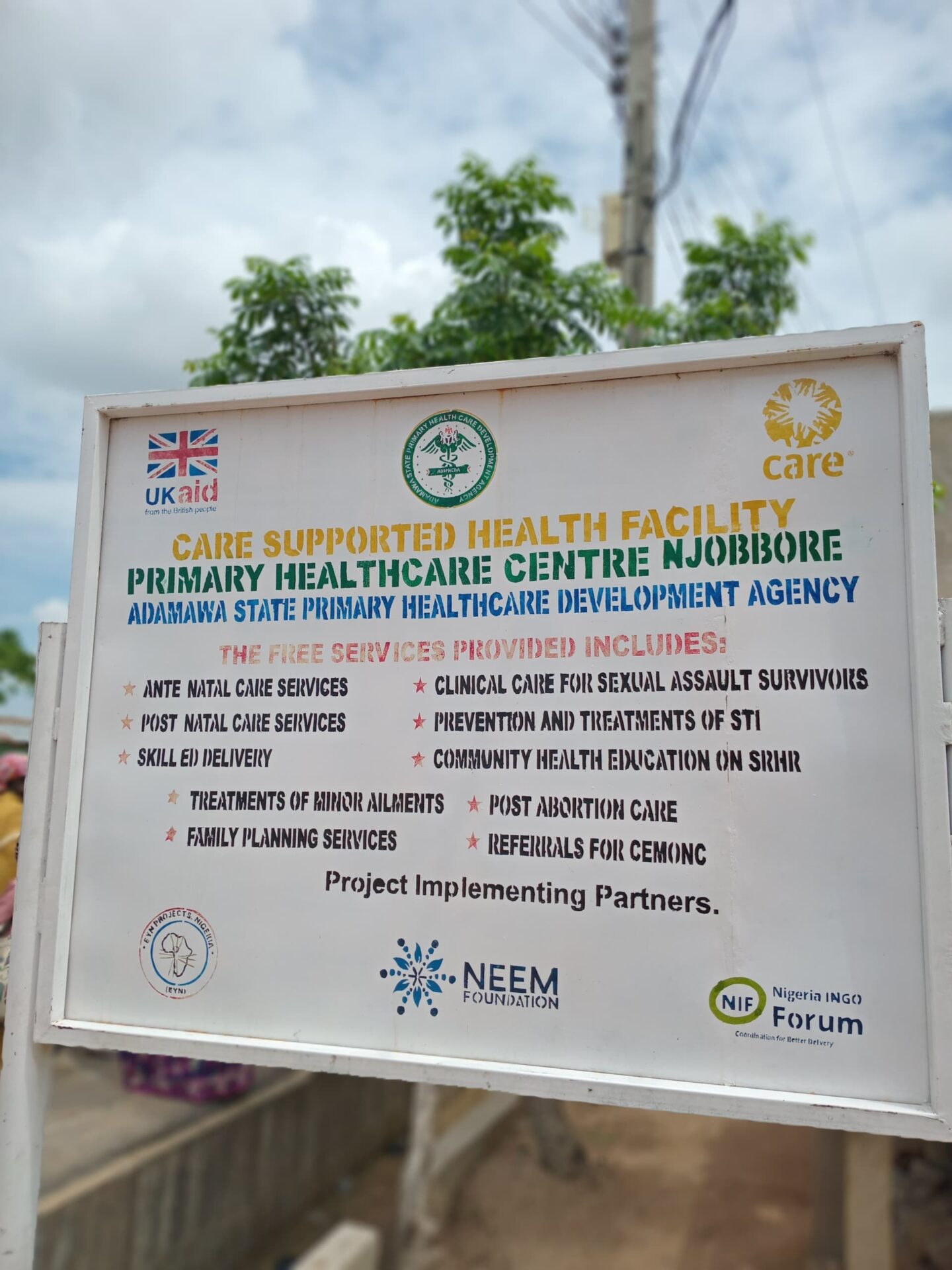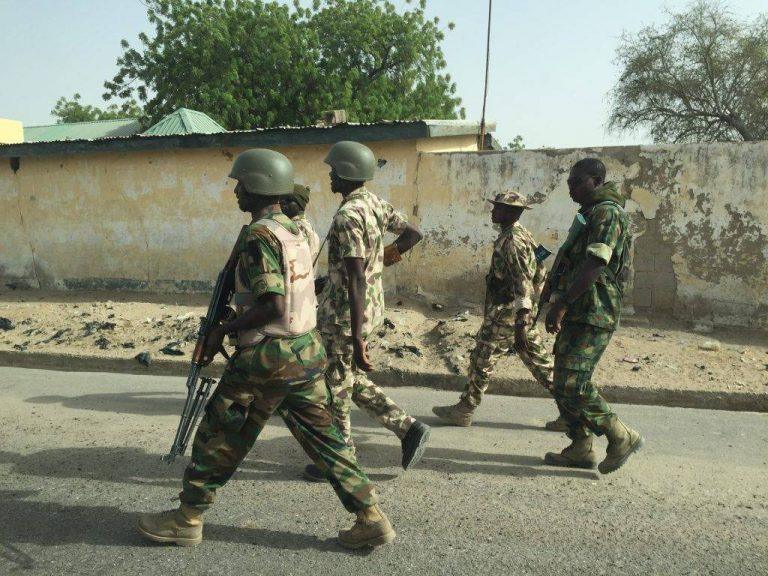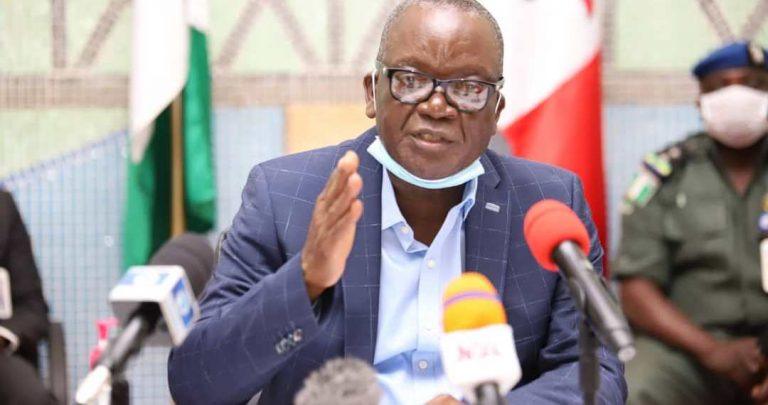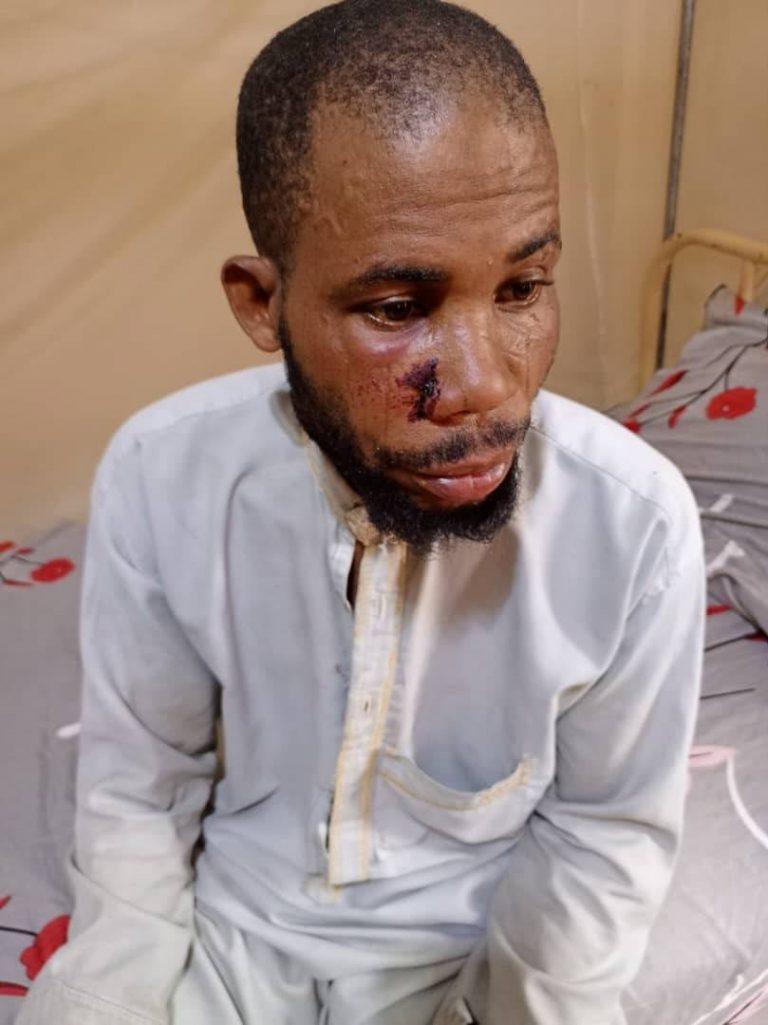In Adamawa hospitals, medical workers rely on torchlights, lanterns for deliveries
Adamawa, Nigeria. It was only a 10 minutes Keke-napep ride from Vunoklang Primary Healthcare Centre to Njobbore Primary Healthcare Centre after visiting four other Primary Healthcare Centres in Adamawa state where I was denied access.
“We’re not allowed to speak against the government. I can’t do this,” one of the other facility managers who refused to disclose their identity said.
While other PHC administrators this reporter approached during fieldwork declined to speak on record, citing restrictions and fear of government reprisal. Their silence signals a larger problem: the institutional suppression of healthcare voices in rural Nigeria.
Her Voice, Not the Judahs
At Njobbore Primary Health Care Centre, this reporter met Mrs. Pafinus, the facility manager, paddling over some medical files in her cozy little office, big enough to accommodate only a table and two chairs. The walls of the room are clean, the fans still, but the air in the room hangs heavy – a sign that there has been power failure or no power supply in the health center at all.
“The last time we had light was about two days ago,” said Mrs Pafinus- Facility Manager
She is one of only ten staff members serving the entire facility, who caters to an estimated 5,000 residents in Njobbore community. Even though her tone is cautious, she is aware of the restrictions placed on healthcare workers from speaking critically of the government, but the weight of her concerns demanded a voice.
No Light, No Delivery
“If a patient comes for delivery, we have to use a torch or lanterns on the patient.”
The Njobbore PHC is not an outlier. According to the National Primary Health Care Development Agency (NPHCDA), of the over 30,000+ Primary Healthcare Centres across Nigeria, less than 20% are fully functional. In Adamawa State, a 2023 report by the State Ministry of Health indicated that only 35% of rural PHCs have reliable power supply, and fewer than 15% are equipped with functional solar systems.
In Abuja’s PHCs, administrators spend between N3,500–N19,000 monthly for grid power, usually yielding just about 4 hours of electricity a day. To stretch services overnight, they rack up an additional N20,000–N29,000 on diesel generators. This totals N282,000–N576,000 annually—funds mostly covered by patients or staff themselves.
TheCable also highlights similar hardship in Ondo
Electricity is crucial especially when it comes to safe healthcare delivery. From refrigeration of vaccines to safe childbirth procedures, but in the absence of light, anything can go wrong during delivery—maternal hemorrhage, complications with neonatal resuscitation, you name it.
In 2019 when the Basic Health Care Provision Fund (BHCPF)—a federal initiative launched, pledged to improve rural healthcare infrastructure under the initiative, promising commitment to allocate at least 1% of the Consolidated Revenue Fund (CRF) to primary health. In 2024, only N50 billion was released nationwide out of a projected N120 billion allocation, according to data from the Federal Ministry of Health and Social Welfare- yet progress remains dismal in most of these rural communities. Earlier this month on 4th of July, the Federal Ministry of Health and Social Welfare has yet again approved N65 billion for PHC. Question is-are these just numbers or just for policy briefings.
Ten Staffs, Ten Departments
At Njobbore PHC, shortage of manpower is equally alarming and becoming a crisis. “We are just ten staff in total, and we are expected to run the ten departments and the entire facility. We only have one staff on night duties —it’s all on us”Mrs. Pafinus, the administrator revealed.
From immunisation and antenatal care to malaria treatment, emergency cases, and administrative work, just ten working staff at Njobbore PHC bears the burden.
For perspective, the World Health Organization (WHO) recommends a minimum of 4.5 health workers per 1,000 people. The manpower crisis in Adamawa is not isolated. Nigeria currently stands at 1.95 per 1,000, and the figure is far lower in rural areas.
In 2022, the Nigerian Medical Association (NMA) revealed that over 11,600 Nigerian-trained doctors are currently practicing in the UK alone, part of a wider brain drain trend where trained professionals flee the country for better working conditions abroad. Olayide Funmilay Soaga latest report better explained this situation.
A 2022 health workforce audit by Adamawa’s Ministry of Health showed a 40% vacancy rate across rural PHCs, primarily due to poor remuneration, lack of security, and inadequate working tools.
“In our labour room, we need delivery equipment there.” said Mrs. Pafinus
Sometimes, volunteers and serving NYSC corps members are the ones filling the gaps temporarily.
“For us to work effectively here at this healthcare center, we need at least twelve more staff members.”
A Solution?
“If the government can help us with solar power, it will be better.”
The administrator at Njobbore PHC pleaded for government key intervention: a standard solar power system. Solar energy, abundant and sustainable, could provide uninterrupted power for lighting, sterilising instruments, powering cold-chain vaccine storage, and general hospital operation.
There has been success with similar projects in states like Kaduna and Ekiti, where solar mini-grids have powered over 250 PHCs. This should be a blueprint for Adamawa state and other states. However, Adamawa state has yet to implement such models at scale, despite World Bank-backed programmes such as the Nigeria Electrification Project (NEP) which allocates millions to solar projects for public infrastructure.
The Gag Order
When health workers can’t speak up about infrastructural decay or missing resources, it means we are prioritising image over impact. During the course of this report, some other PHC administrators in Adamawa declined to speak, citing government circulars warning health workers not to grant press interviews without authorisation. This “gag order” stifles transparency and prevents vital feedback from reaching decision-makers.
Who bears the risk? Women and children bear the brunt of this systemic failure. Nigeria already has one of the highest maternal mortality rates in the world—1,047 deaths per 100,000 live births, according to the 2023 Demographic and Health Survey (DHS). Without power and skilled personnel at PHCs, this figure is bound to rise.
Infant mortality in Nigeria, which is already at 54 per 1,000 live births, is equally affected by delayed or inaccessible neonatal care. In places like Njobbore, the journey to Modibo Teaching Hospital takes over one hour, plus transportation which is both rare and expensive.
For Njobbore and thousands of other underserved communities in Nigeria, the need is clear: constant power supply, adequate staffing, and the freedom for healthcare workers to speak the truth.







